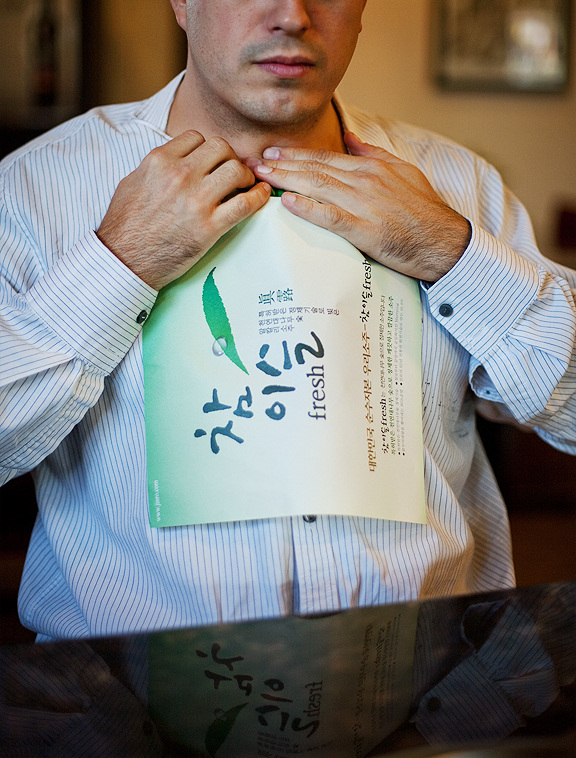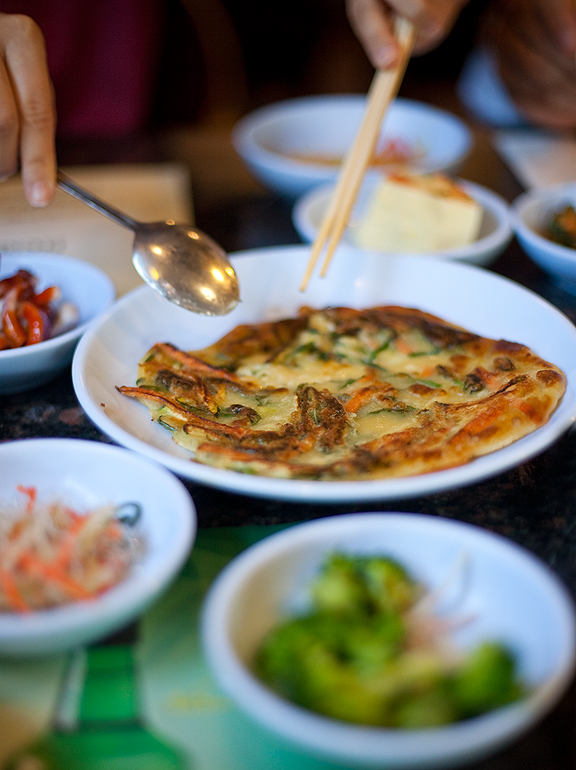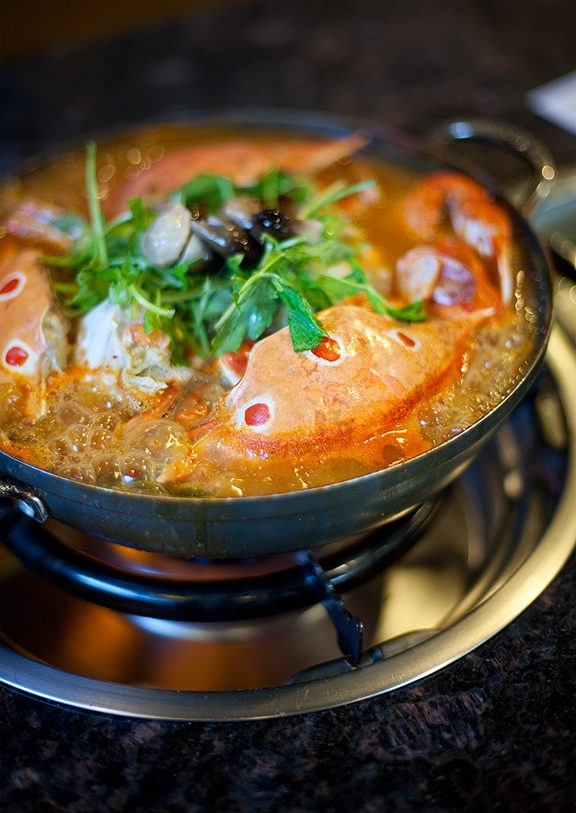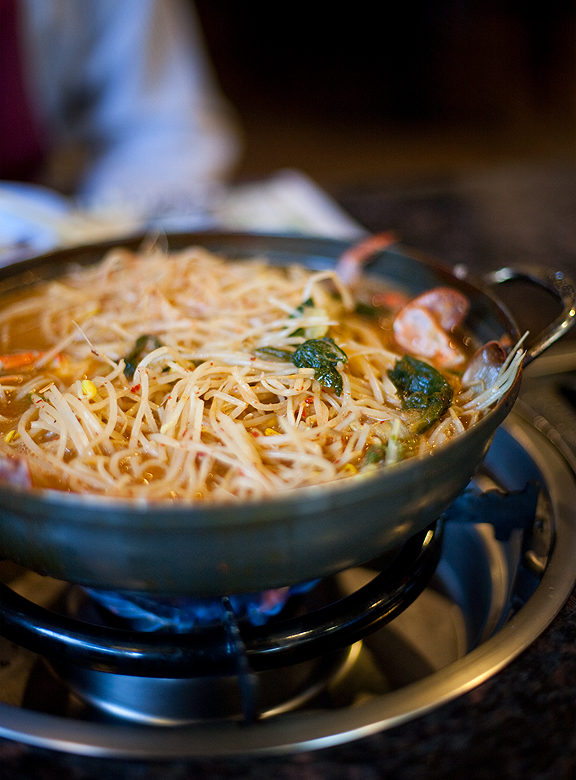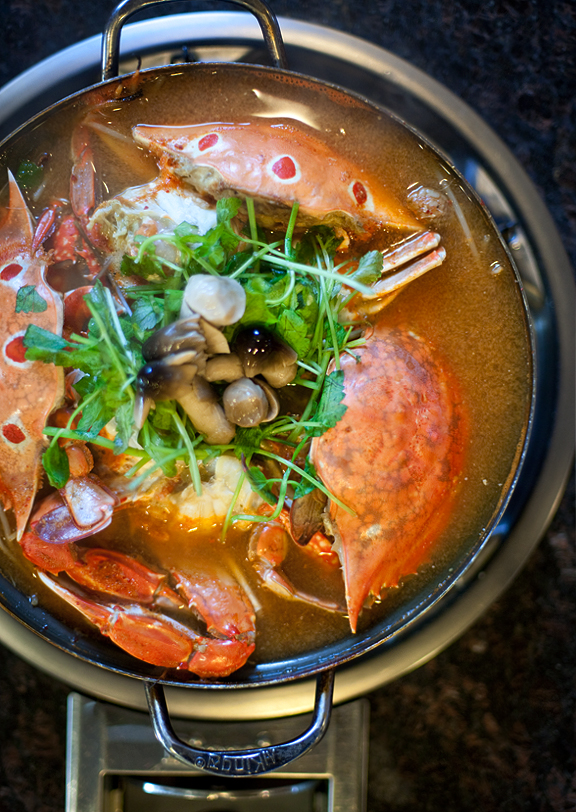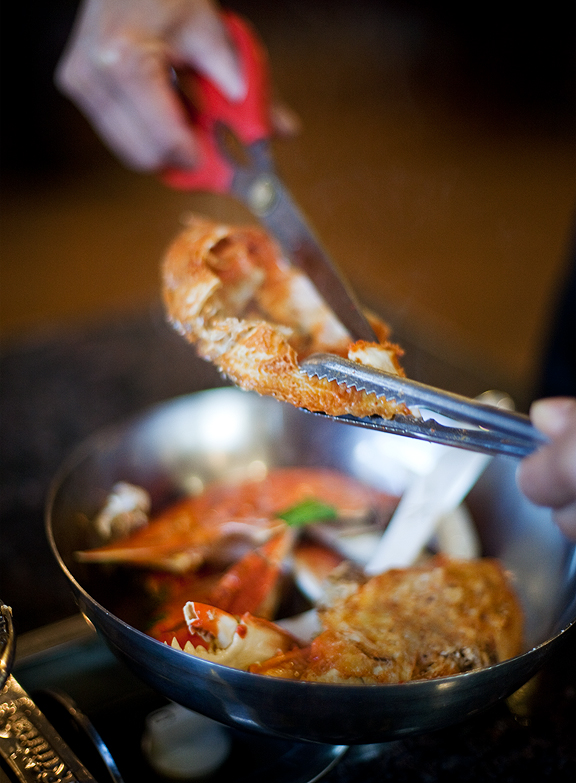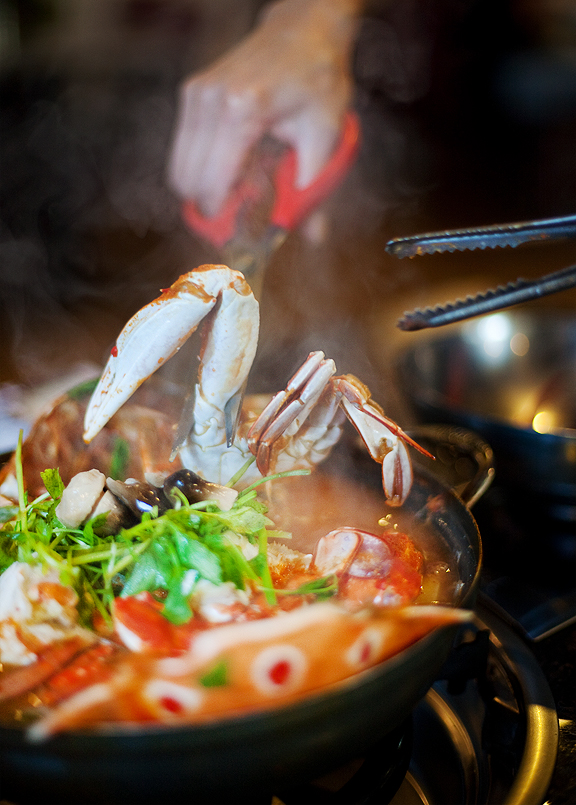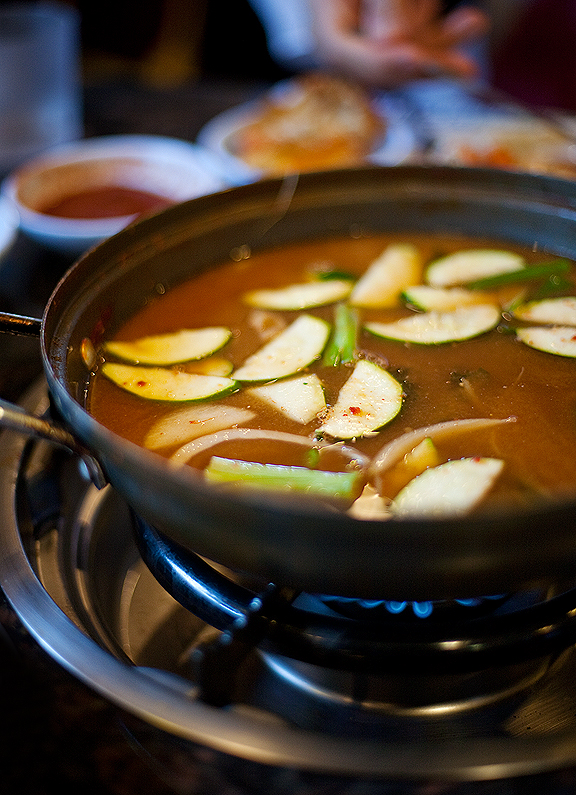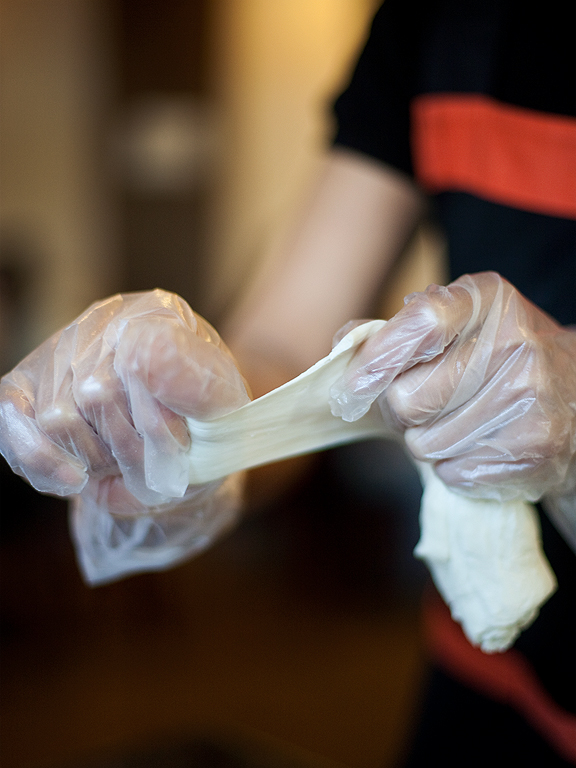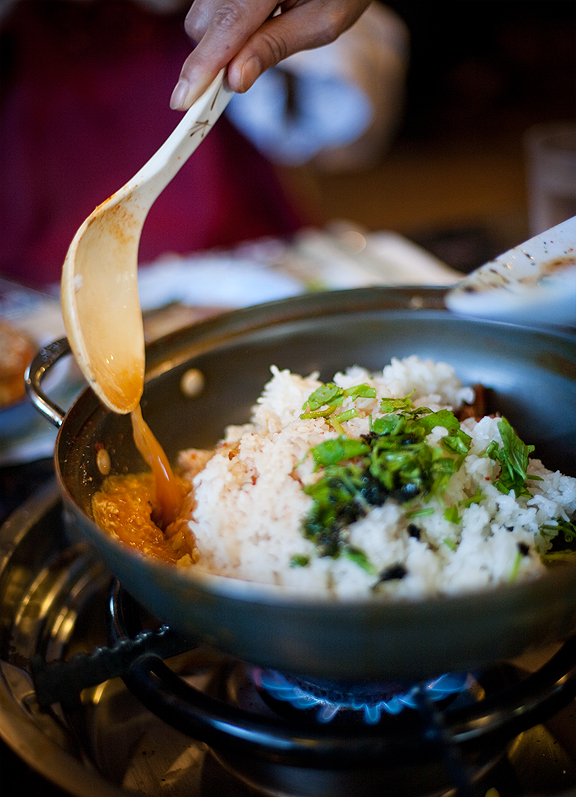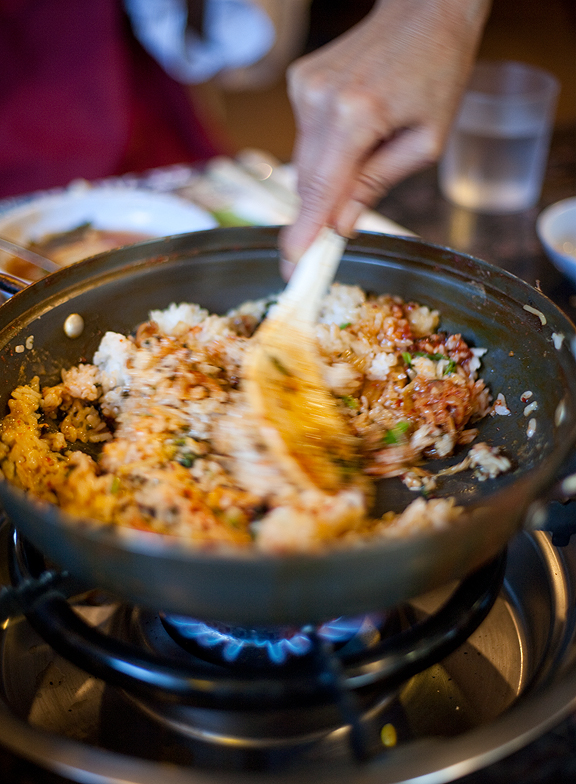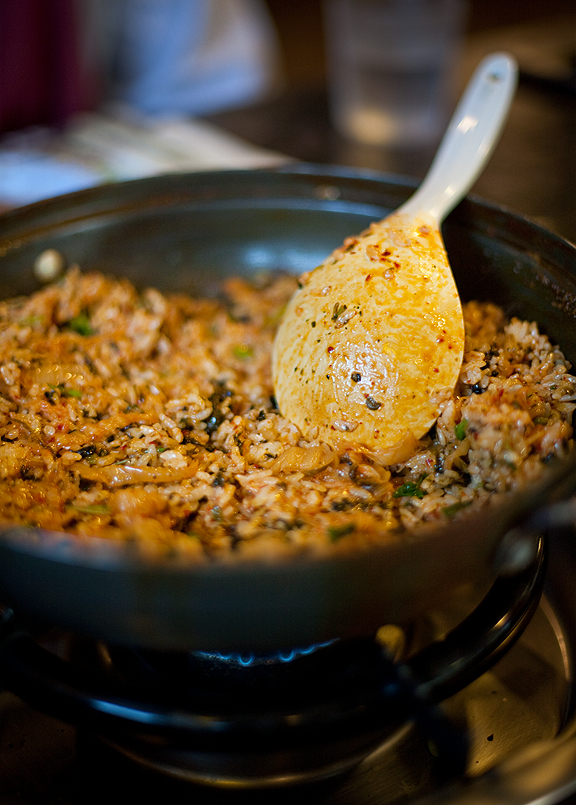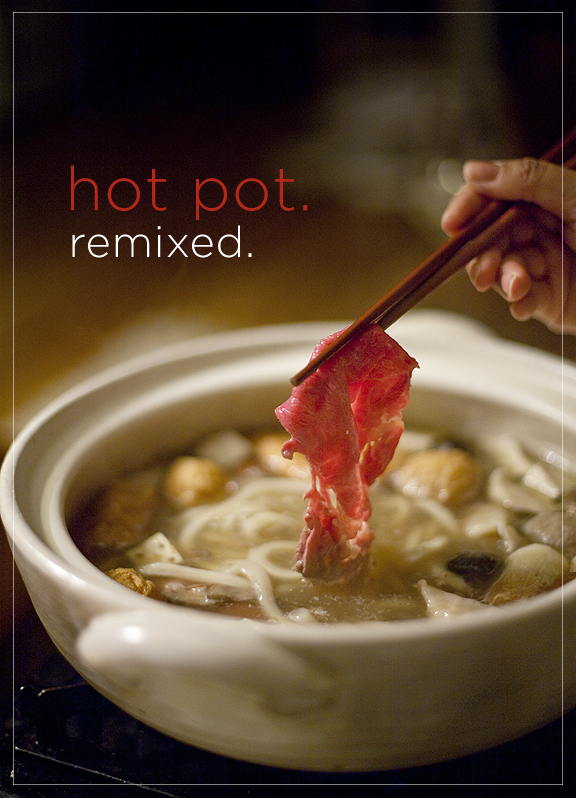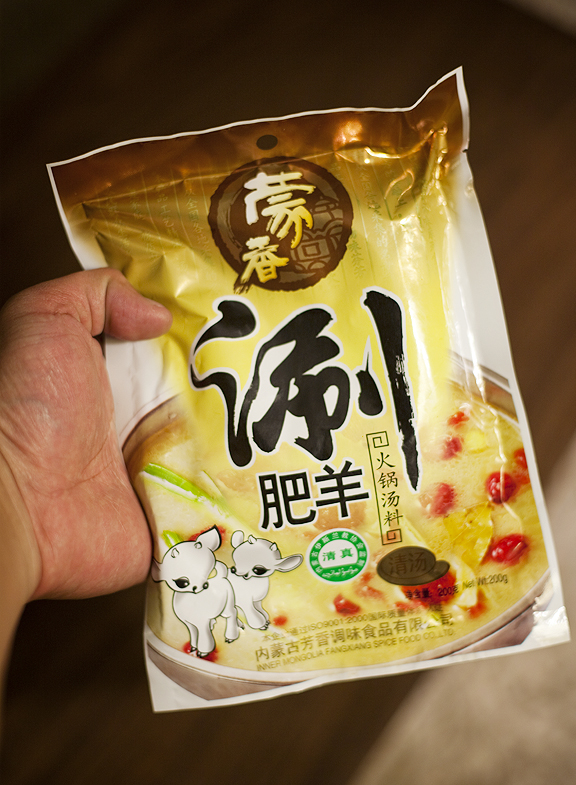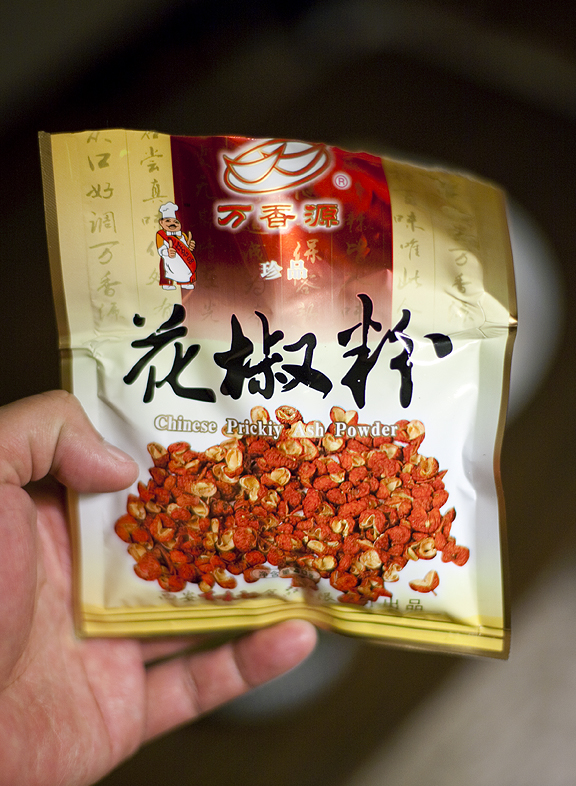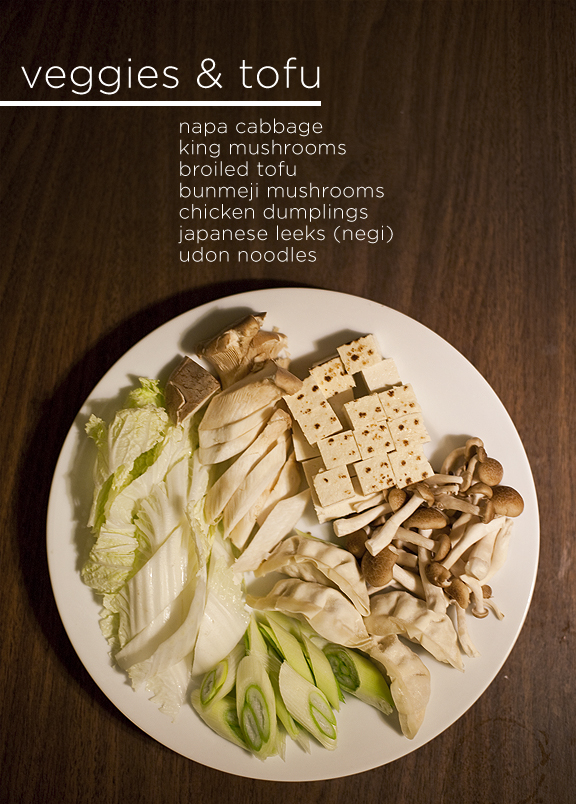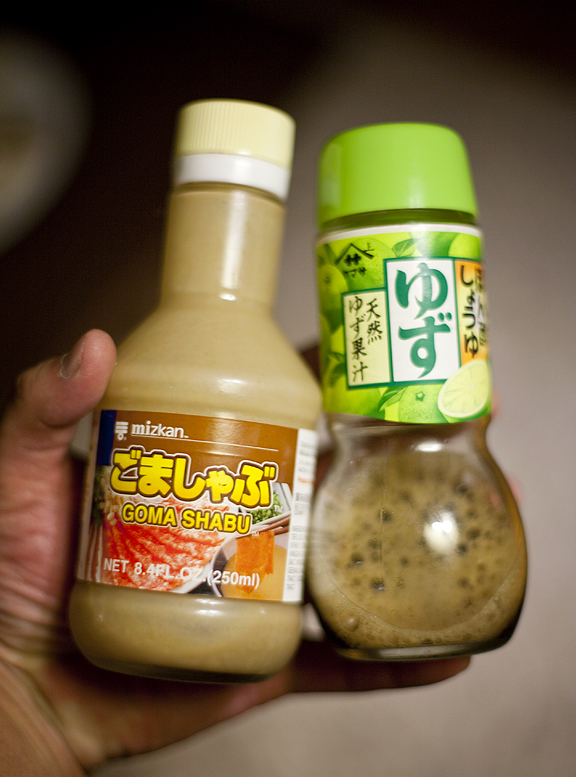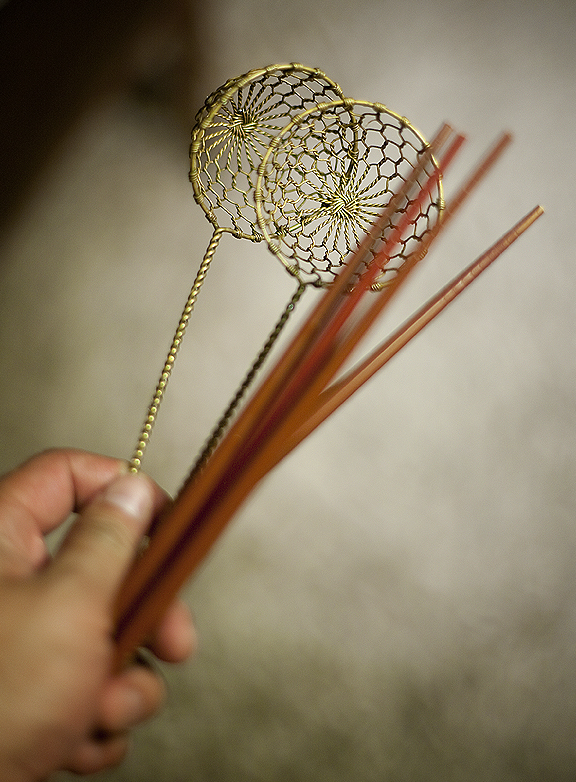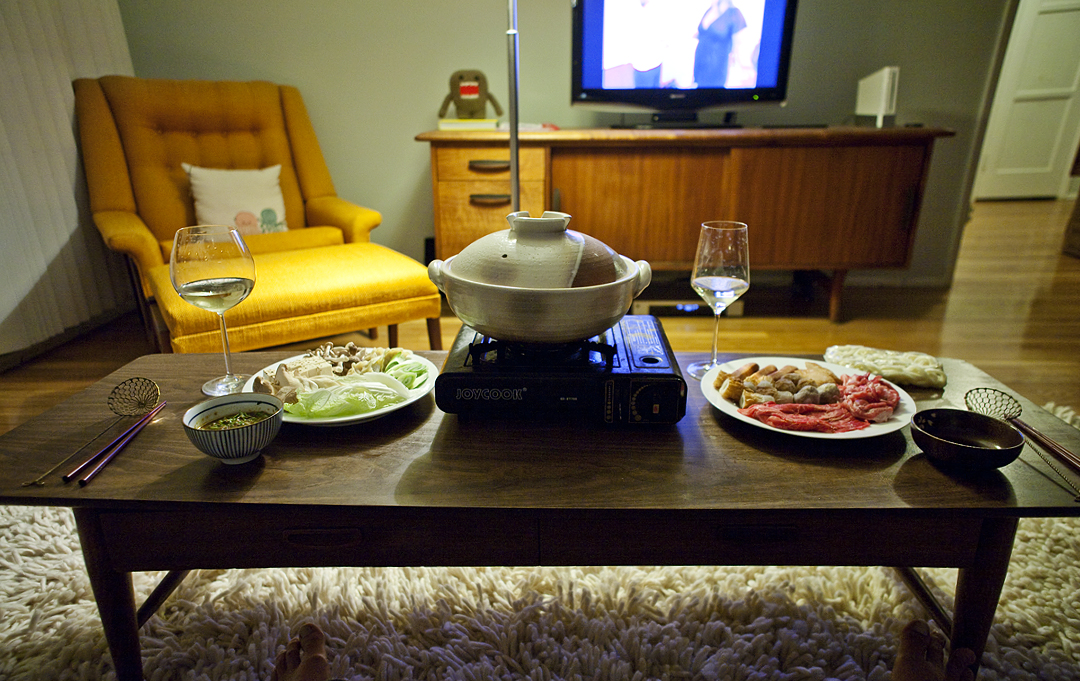When it comes to avoiding wastefulness, you've got to hand it to the Koreans, over any of the ethnicities in Asia. Each asian country has its way of using up every part of an animal or vegetable but I've noticed that the Koreans definitely shine in the double-meal category. There's shul lung tang, a dish that is made from boiling discarded leg bones and oxtails overnight to produce a thick, white soup accompanied by various boiled meat and green onions. The meat from the bones usually graduates to a spicy beef soup or even for bbq. If you've eaten spicy korean tofu stew, soon doo boo, you'll sometimes have rice served in a stone pot, known as dol sot. After the rice is scooped out of the stone pot, water or barley tea is then added to create a makeshift 'soup'. The taste from the burnt brown rice adds a subtle char to the soup which is then in need of salt and pepper for taste. I enjoy the burnt pieces of rice but have yet to finish a full bowl of tea soup. I've also seen many people in restaurants, particularly males, finish up a particular stew or soup and then dump in another bowl of rice to sop up the soup. My Korean friends from high school would always do the same thing with their instant kimchi bowls... eat all the noodles, drink some soup, add rice and finish up everything – making it a double meal.
Last week, this observation on Korean 'double-mealing' has been taken to another level after my coworkers and I tried a place known for their spicy korean crab soup, kkot gae tang. I had seen Ondal 2 many times, partly because it sticks out like a sore thumb in a pre-dominantly African American and Latino part of Mid-City Los Angeles. And the sight of a silly looking Sanrio-style crab on the sign only makes the place more approachable.
We walked in and were greeted by two servers. TVs blared the latest world news in Korean. All in an empty restaurant at 12:30. We were handed menus and right away, my eyes went straight to the prices. $55 for a medium sized crab soup. I was well aware of it through some reviews on Yelp but with only three people, we had better be starving to make this even worth it.
My coworker PR was wearing a light shirt and asking for trouble. A spicy orange soup is a force to be reckoned with especially if you still have the rest of the workday to survive. He took his placemat and constructed his own bib/napkin. As you can see, not much real estate and straight up looks stupid haha.
Luckily, our server saw us messing around and quickly brought over some official Ondal 2 aprons. She then stared me in the eye, closing her eyes to focus better and asked if I was Chinese. She spoke both Korean and Chinese, and only made this a better experience for us since we could communicate.
After munching on some side dishes, we saw our server come out of the kitchen with a large steaming pot and all three of us were stoked. It was simply beautiful. Four decent-sized crabs comfortably enjoying a hot tub moment. I had never seen crabs like these, especially with the red circular markings which probably denote the crab's sex. The server told us that these crabs are straight from Korea. Did they come dressed in black? I wonder if they like K-clubbing, have a singing contract, excel in online multiplayer games and binge off soju all day long. Not that I'm profiling or anything, just saying.
What you're about to see is not a double or triple meal, but a quadruple meal. For us consumers, Ondal 2 is somewhat economical. For a Korean crab, it is a nightmare that they have to relive over and over and over and over again. Imagine knowing that fate has brought you to this very restaurant on Washington Blvd. The meal we had here really plays out like a Saw-like horror movie broken into four cruel, yet delicious acts. And just a note, a coworker of mine has emphasized the fact that is dish is not particularly native to Korean cuisine, but more so a culinary creation that has caught people's attention.
Once the pot of crabs is set down on the table, it is brought to a boil. Our lovely mortician then takes each crab shell and begins to compile a dish that reminds me of a Brazilian favorite known as casquinha de siri. A crab shell is hollowed out and filled with a mixture of goodies, and then baked or deep fried. Great stuff. This was a little different and dare I say, much better. Here at Ondal 2, they only use female crabs so that Act 1 can exist. The server takes the crab shell and begins to add crab roe, rice and bean sprouts into the shell. And tops it off with a nice shot of crab-flavored soup from the hot pot.
I'm not sure that I would feel right eating meat from an animal's skull, but this seems perfectly moral and legal to me. The soup is really, really tasty and just full of crab flavor. The roe was good as usual and went well with the crunch of the bean sprouts and flavored rice. This rocked.
Act II - The Claws & Legs
The server then proceeds to make use of the handy Korean scissors. I've grown to love the usage of scissors, especially with cutting meat. It's the Korean version of arts & crafts time. The soup is so spicy that any bacteria on those scissors stands no chance of proliferating. She hacks up all the claws and legs, making the four crabs into forty various pieces. At this point, it looks like sheer disaster.
This particular type of crab really is something new to me. The meat was almost more textured, and I could feel the many muscle fibers. It was not overly sweet and very easy to pull out of the shell. I pulled out all the claw and leg meat and ate them with soup. Again, very tasty.
Act III - The Broth & "Noodles"
At this point, we are getting pretty full. We had already eaten a concoction served in a crab shell and numerous pieces of claw and leg meat. Not to mention that the soup was also pretty damn spicy. I was starting to break into sweat and the server seeing this, just gave us our own pitcher of water. Good thinking. She let out a sinister laugh when I ask her if there'll be more. Her pupils turned red like a demon's and I knew right then not to really question her anymore. Nevermind I asked! She takes out all the bean sprouts and crab parts and dumps them in another bowl. The hot pot is refilled with more stock and zuccini slices and onions are added and brought to a boil.
Act IV - The Fried Rice
By now, we were way too full. The thought of taking another bite of crab was tough but again, I saw our server back with her shenanigans. This time with a small plate of white rice, seaweed and sesame oil. My coworkers just shook their head in disbelief.
Do you now know what I mean by Korean 'multi-mealing'? I think I took a few bites of this before tapping out with the ref. We couldn't do it. We ended up doggy-bagging the rice, soup and remaining crab parts All of which could provide a full snack for two people. This was good after adding more crab stock and some soy sauce.
Whether or not the Korean tradition of 'multi-mealing' emerged from periods of poverty in Korea or simply because Koreans enjoy stuffing their faces, I find myself still thinking about this particular meal in which I, along with coworkers, really got to know these four crabs. Inside out. The $55 is jarring at first, but once you see how much food you get, it's quite a deal. I highly recommend getting this medium and asking for your own paste to spice up your broth. I'll be back here again. I heard the steamed beef hot pot and monkfish hot pot is good as well but I don't know that I can veer away from crab. Thanks for reading.
Hot Pot Recommendations
Medium = 3-4 people (I recommend 4 people at least)
Large = 5-6 people
X-Large = 6-8
Ondal 2
4566 W. Washington Blvd.
Los Angeles, CA 90016
(323) 933-3228

